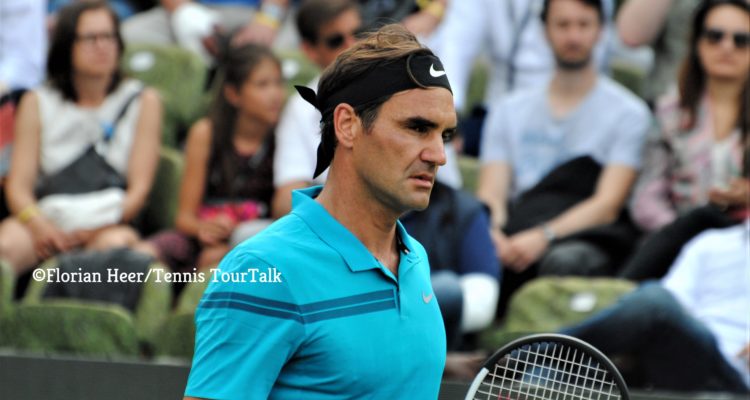STARNBERG, June 28, 2018
This year the lawns of Wimbledon will be generating their usual tingles of expectation across the sporting world and wider world. 2018 is the second year when the Wimbledon Diary has been slightly different, this is the second year there have been three weeks between the end of the French Open and the start of Wimbledon.
This extension may seem like a simple thing but in the highly ordered and massively moneyed world of global sport, with each event and tournament fighting for optimum exposure and a privileged place in the overstretched diary, it will have taken years behind the scenes grind for the game’s powers-that-be to have agreed to this one shift.
The shift and extension is also an exciting and timely metaphor for another behind-the-scenes shift that has been happening in many sports and particularly in tennis. This is the shift and extension of body care and recovery science and technology, leading to much longer, older athletes having great careers. In the same way the elite players of sport have seen the long term importance of preservation and shelf life extension, so have tournaments had to adapt their schedules to facilitate something that world standard athletes have come to demand.
Roger Federer is enjoying a second summer of his career that nobody would have predicted. At present he is bookies favourite to lift the golden-pineapple-topped trophy on the hallowed Wimbledon lawns, his odds are 13/8. Having had a career of winning slam after slam for a whole decade and establishing himself as undoubtedly the greatest player in the history of tennis, he then spent four years in what for him must have felt like the wilderness, even though it was a career many professionals would have looked back on with pride. He had a four year stretch where his average achievement was getting to the semi finals, he did reach three finals but he never won a slam. Time and again younger, stronger and seemingly fitter rivals were beating him. But he turned that around 18 months ago and won three more slams, how did he do it?
The seeds of Federer’s longevity are not just his use of cutting edge techniques and technologies, but the clever way in which his game is built. Because he was an offensive player, he always ended up running fewer miles than his opponents, even if he ended up losing (which, during his imperial phase, was very seldom). His backhand was either a low impact slice, or, to terminate a rally he would release the slight flick of his wrist to come over the ball and leave a rival stranded and red-faced at the baseline.
John Bercovici has written a superbly researched book getting as close as anyone can to revealing why older athletes are able to have some of the best sections of their careers in their twilight years. Like a pro tennis player would never reveal much about their tactics on the eve of a big final, many pro athletes are reluctant to come forward with the details of what they do. Bercovici has done the hard work for us: nutrition, brain science, stem cell therapy, alkaline diets, cryotherapy, the fads and the genuine winning aids are examined in great, vivid detail.
As Federer’s pristine soles tread on the immaculate grass at precisely 2pm this coming Monday, no one will be thinking of these cutting-edge, behind-the-scenes dynamics, but they will be of vital importance as Roger starts, after the five minute warm up, to swing his racket in anger.






